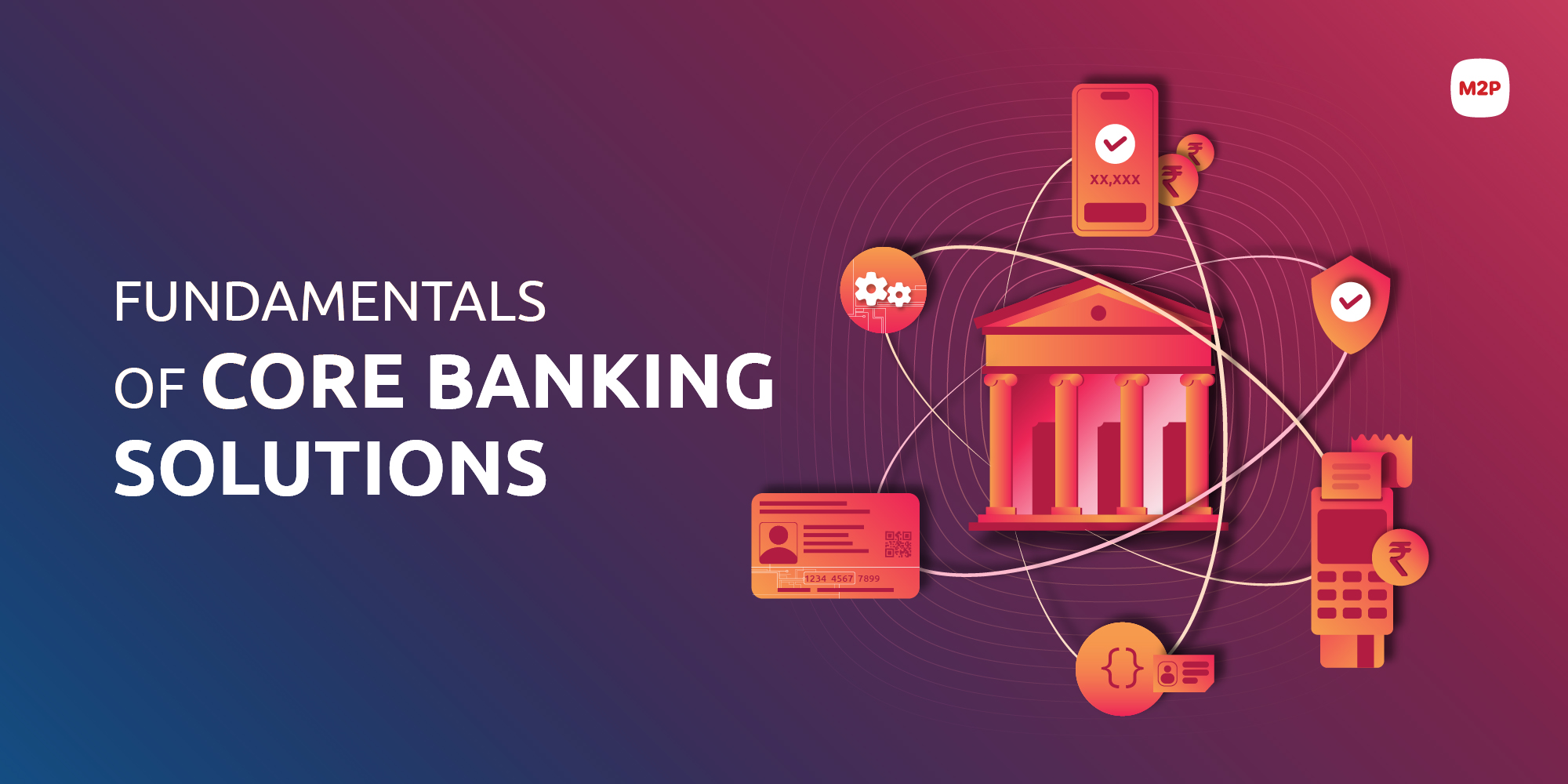Introduction to Core Banking
In today’s fast-paced digital environment, core banking has become the backbone of modern financial operations. As customer expectations evolve and competition intensifies, core banking solutions are increasingly seen as essential tools for staying relevant, efficient, and secure.
Definition and Features
Core banking refers to a Centralized Online Real-time Environment (CORE) that empowers banks to provide seamless service across branches, digital platforms, and devices. By unifying disparate banking operations, banks can deliver consistent services and real-time access to customers.
At its essence, a core banking system comprises powerful back-end infrastructure that processes daily banking transactions and facilitates vital banking services such as account creation, loan management, transaction processing, and customer relationship management.
Modern core banking systems transform a fragmented banking approach into a unified experience. These systems act as a single entity, allowing customers to access their accounts and conduct transactions from anywhere—whether online, on mobile apps, or through a bank teller.
Core Banking System Components
Key Components
A typical core banking system consists of several mission-critical components, including:
- Back-end servers: These handle banking processes such as deposits, withdrawals, interest calculations, and balance checks.
- Customer Relationship Management (CRM) modules: Enable personalized services and enhance customer satisfaction.
- Data centers: Host the core system, ensuring data integrity, data security, and robust system performance.
- Advanced security features: Include multi-factor authentication, bio-verification, and firewalls to guard against cyber threats.
Benefits of Core Banking
Enhanced Customer Satisfaction
Core banking platforms directly contribute to a better customer experience by offering:
- 24/7 online banking services, ensuring availability across time zones.
- Instant access to customer accounts through mobile banking and internet banking.
- Real-time financial transactions, including deposits, fund transfers, and loan servicing.
As customers demand speed and convenience, modern core banking delivers with ease. Unified access points mean account management is no longer limited to a physical branch.
Operational Efficiency
Operational efficiency is one of the most significant benefits of core banking solution implementations:
- Core banking software automates repetitive tasks, reducing reliance on manual input and minimizing errors.
- Financial institutions can streamline banking operations, centralizing processes that were previously siloed.
- Scalability ensures banks can respond to market demands without compromising performance.
- Reduced operational costs allow for more competitive services and customer-focused pricing models.
Regulatory Compliance and Risk Management
In an era of strict banking regulations, core banking systems are designed to ensure:
- Ongoing regulatory compliance with national and international frameworks.
- Automated risk management tools that assess exposure and flag suspicious activities.
- Secure financial transactions backed by encryption and authentication protocols.
By integrating risk management directly into the system architecture, banks gain a crucial advantage in monitoring threats and maintaining financial integrity.
Data Security
Safeguarding customer data is non-negotiable. Core banking software is equipped with:
- Advanced security features to protect against malware, ransomware, and unauthorized access.
- End-to-end encryption and multi-factor authentication for critical operations.
- Regular audits and data integrity checks to secure both sensitive customer data and proprietary banking information.
Banking Services and Sector
Overview of Banking Services
Core banking services support various banking operations, including:
- Account management for both individual and corporate clients.
- Loan processing and interest management.
- Centralized access to banking software that facilitates business banking and personal banking from a single interface.
This integration ensures financial institutions can treat users as customers of the entire bank, not just one branch.
Implementation and Integration
Considerations for Implementation
Implementing a core banking solution is a strategic decision that involves:
- Detailed business analysis and requirement gathering.
- Design, development, testing, and system rollout phases.
- Seamless integration with existing infrastructure, third-party services, and APIs.
Legacy systems often create bottlenecks. Next generation core systems resolve this with seamless integration and cloud-based scalability.
Challenges
Adopting modern core banking solutions may encounter challenges such as:
- Migrating from legacy systems without data loss.
- Ensuring compatibility with mobile apps, digital interfaces, and third-party tools.
- Managing employee training and change management for bank employees.
Future of Core Banking
Emerging Trends and Technologies
The core banking landscape is shifting rapidly due to:
- Artificial intelligence and machine learning, which enable predictive analytics and fraud detection.
- Open banking frameworks that provide secure API access for fintech partners.
- Cloud solutions that offer elasticity, remote access, and disaster recovery options.
These modern banking solutions future-proof banks against disruption while enabling agility in service delivery.
1. Advantages of Core Banking in Accelerating Digital Transformation
One of the key advantages of core banking is its ability to facilitate rapid digital transformation across financial institutions. By leveraging cloud technology, API-driven architecture, and real-time data processing, core banking systems enable banks to pivot swiftly to digital-first models. This is especially vital in today’s market, where customer expectations demand seamless access through mobile banking and internet banking channels.
2. How Core Banking Overcomes Challenges of Legacy Core Systems
Legacy core systems are often rigid, monolithic, and costly to maintain. They limit innovation and cannot support modern demands like real-time processing or API integration. One of the major advantages of core banking lies in its modular, scalable architecture that replaces these outdated systems. By transitioning to modern core banking solutions, banks free themselves from the constraints of obsolete infrastructure.
3. The Banking Sector’s Shift Toward Modern Core Banking Solutions
The global banking sector is witnessing a significant shift as more institutions move toward modern core banking systems. This evolution is driven by the need for speed, scalability, and superior customer service. The advantages of core banking become clear as banks adopt agile platforms that improve operational efficiency, enable compliance, and introduce innovative banking services.
4. Replacing Legacy Core Systems with Next-Gen Core Banking Platforms
Replacing legacy core systems is not just about modernization—it’s a strategic move to stay competitive. Core banking platforms support open standards, allowing for better integration with mobile apps, fintech tools, and third-party services. The advantages of core banking in this context include faster time-to-market, reduced IT costs, and improved agility in rolling out new services across the banking sector.
5. The Advantages of Core Banking for Niche Segments in the Banking Sector
While large commercial banks were the early adopters, niche players in the banking sector—like cooperative banks and digital-only banks—are now reaping the advantages of core banking. These solutions offer customizable modules for loan management, account management, and customer relationship management, giving smaller institutions a level playing field to compete with larger entities.
6. Advantages of Core Banking in Simplifying Complex Banking Operations
One of the underestimated advantages of core banking is its ability to simplify complex banking operations. Tasks like transaction processing, compliance reporting, and financial operations become streamlined. This allows bank employees to focus more on customer engagement and less on tedious manual work, improving both productivity and service delivery.
7. Overcoming Risks Associated with Legacy Core Systems
Legacy core systems pose several risks, including data fragmentation, performance bottlenecks, and cybersecurity vulnerabilities. Modern core banking software addresses these issues with advanced security features, real-time monitoring, and data integrity protocols. This risk mitigation is among the most critical advantages of core banking, especially in a highly regulated banking sector.
8. Advantages of Core Banking in Supporting Regulatory Changes
The banking sector is constantly adapting to new regulations. From anti-money laundering (AML) to data privacy laws, compliance is non-negotiable. Core banking solutions are built to adapt quickly, providing real-time reporting, automated checks, and audit trails. This regulatory flexibility is another compelling advantage of core banking that modern financial institutions cannot ignore.
9. The Banking Sector’s Dependence on Core Banking for Competitive Edge
In a saturated market, gaining a competitive edge in the banking sector requires innovation, speed, and customer-centricity. Core banking systems empower banks to deliver all three. Whether through personalized offers, faster loan processing, or instant transfers, the advantages of core banking include the ability to deliver cutting-edge services that differentiate brands in the global marketplace.
10. Legacy Core Systems vs. Cloud-Native Core Banking: A Paradigm Shift
A growing number of banks are moving away from legacy core systems and toward cloud-native platforms. This shift marks a paradigm change in the banking sector, where flexibility and speed are crucial. The advantages of core banking in this scenario include better uptime, real-time scalability, and access to innovative technologies like artificial intelligence and open banking frameworks.
Conclusion
Core banking solutions redefine how banks operate by delivering the following advantages:
- Elevated customer satisfaction through 24/7, omnichannel support.
- Improved operational efficiency and reduced operational costs.
- Ensured regulatory compliance and integrated risk management tools.
- Top-tier data security with layered protection and robust controls.
As financial institutions embrace digitization, the benefits of core banking solution become more evident: unified platforms, scalable infrastructures, and customer-centric services that meet customer expectations and set new industry benchmarks.
With the right core banking software, banks can streamline banking operations, adapt to change, and thrive in the global market.










